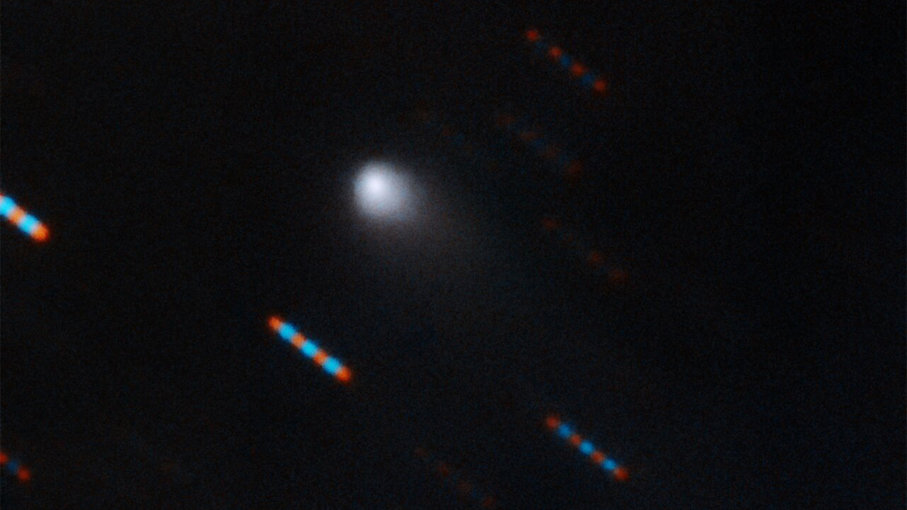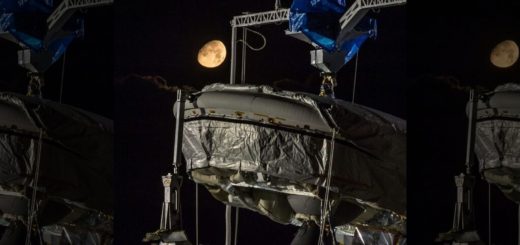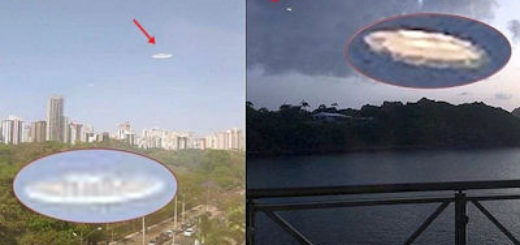Confirmed: Comet Borisov Is Another Interstellar Visitor

When ‘Oumuamua was spotted tumbling away from our solar system, astronomers were captivated — it was the first interstellar comet to be discovered after a chance encounter with our sun’s gravity. Now, two years after this historic discovery, it’s happened again; the galaxy has sent another tumbling chunk of frozen interstellar material our way.
An Amateur Discovery
On Aug. 30, 2019, Gennady Borisov, an amateur astronomer in Crimea, spied the distant fuzzy object using a homemade 213-foot (0.65-meter) telescope, an incredible discovery that underscores the key role nonprofessional astronomers play in historic astronomical discoveries. After followup sightings and confirmation by other amateur and professional astronomers, the comet — which was initially designated C/2019 Q4 — was soon confirmed to be not from ’round these parts.
Calculations of its orbit around the sun proved that it had an extremely hyperbolic trajectory, a path that meant it could not be gravitationally bound to our star. The ancient object had originated far beyond our solar system’s shores, ejected from another star system located elsewhere in the galaxy.
Typically, newly discovered comets have trajectories that betray their solar orbits and therefore make their origins clear. Long- and short-period comets all have elliptical orbits that can be nearly circular, or extremely elongated; their orbital speeds reveal that they originate from the ancient icy debris that is scattered in our solar system’s hinterlands, maybe in the Kuiper belt (beyond the orbit of Neptune), or as far away as the hypothetical Oort Cloud (a vast swarm of gravitationally-bound objects extending up to 1.5 light-years from the sun). Many comets have regular periods, zipping through the inner solar system every few years, others may take tens of thousands of years to complete one orbit.
Observations of C/2019 Q4, however, reveal that it is simply moving too fast to be in orbit about the sun; it came from afar and will feel the gravity of our sun only very slightly, giving it a tiny course correction as it zooms back into interstellar space to continue its journey between the stars.
“The comet’s current velocity is high, about 93,000 miles per hour (150,000 kilometers per hour), which is well above the typical velocities of objects orbiting the Sun at that distance,” Davide Farnocchia, who works at NASA’s Jet Propulsion Laboratory in Pasadena, California, said in a press release shortly after the object was discovered. “The high velocity indicates not only that the object likely originated from outside our solar system, but also that it will leave and head back to interstellar space.”
Confirmation as Interstellar
In late September 2019, the International Astronomical Union (IAU) officially named the comet “2I/Borisov” after its discoverer and confirming in a press release, that it was “unambiguously interstellar in origin” making it only the second interstellar object to be discovered to date. And the best news is that, unlike its interstellar predecessor ‘Oumuamua, we have a lot more time to study it — it has only just begun its journey through the solar system and astronomers expect to be watching it for months to come.
Astronomers calculate that it will make closest approach with the sun (perihelion) on Dec. 7, 2019, coming within 2 astronomical units (AU, where 1 AU is the average distance between the Earth and the sun). The thin, fuzzy coma and tail of the comet are already visible, suggesting that ices are being warmed by solar radiation, causing the ices to sublimate into space, creating a tenuous atmosphere around the comet’s nucleus. As it approaches perihelion, its coma is expected to become more active, ejecting more vapor and dust into space, allowing astronomers to better study the chemical composition of ices being vented into space. According to the IAU, activity is expected to peak in December 2019 and January 2020. This is in stark contrast to ‘Oumuamua that didn’t possess a noticeable coma of tail after its discovery.
Although we’re only just getting to know our new interstellar visitor, astronomers are already beginning to learn about the comet’s origins. Using the William Herschel Telescope on La Palma in the Canary Islands and Gemini North telescope on Mauna Kea in Hawaii, astronomers have analyzed 2I/Borisov’s spectra to find that the comet has a reddish tinge on its surface, a characteristic of long-period comets in our solar system that originate from the Oort Cloud, such as comet Hale-Bopp and Hyakutake. It remains to be seen what other similarities with the material in the outer solar system 2I/Borisov has.
Of the billions of star systems that occupy our galaxy, it comes as little surprise that chunks of icy debris — the leftovers of stellar formation — are being haphazardly sprinkled throughout interstellar space, but the big question is how many interstellar interlopers regularly encounter our solar system? Now astronomers have confirmed two such objects, and as observational techniques improve, it looks like we’re finding out.



 Creators of mankind
Creators of mankind Description of “Tall white aliens”
Description of “Tall white aliens” Where they came from?
Where they came from? About hostile civilizations
About hostile civilizations The war for the Earth
The war for the Earth “Tall white aliens” about eternal life
“Tall white aliens” about eternal life Video: “Nordic aliens”
Video: “Nordic aliens” Aliens
Aliens Alien encounters
Alien encounters The aliens base
The aliens base UFO
UFO Technology UFO
Technology UFO Underground civilization
Underground civilization Ancient alien artifacts
Ancient alien artifacts Military and UFO
Military and UFO Mysteries and hypotheses
Mysteries and hypotheses Scientific facts
Scientific facts


















